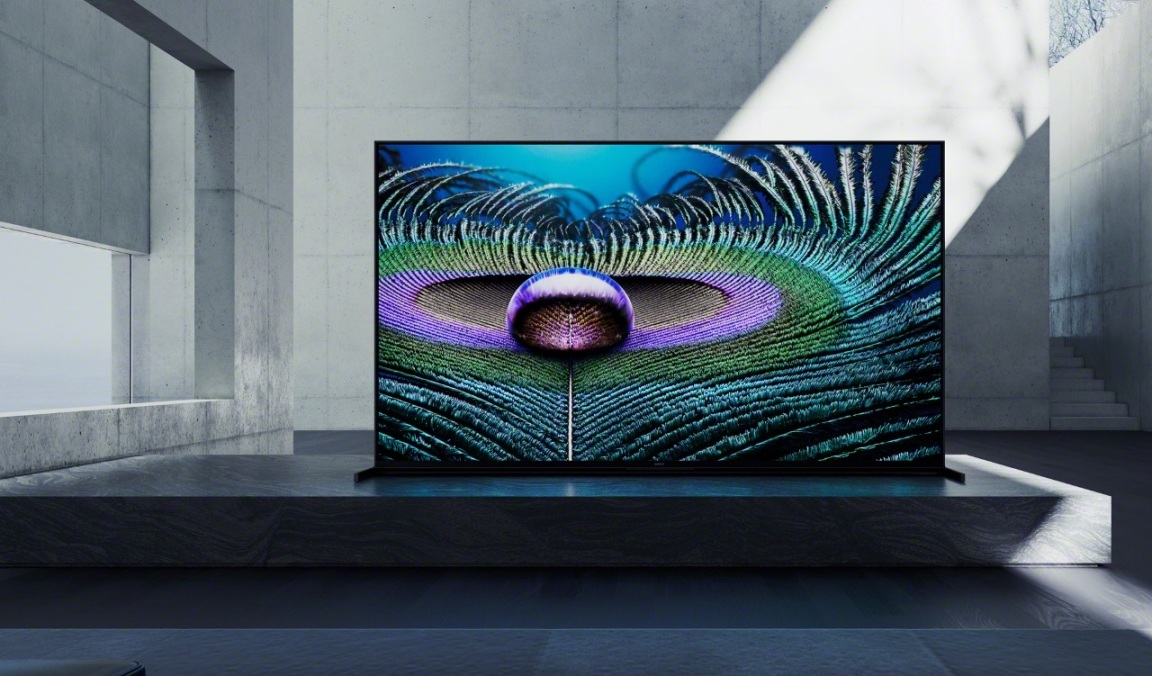We saw lots of new 8K TVs at CES this week, with some coming from vendors known for making affordable models, like TCL. That means 2021 is likely to be the year we start seeing 8K TVs hit the market at prices that far more people can realistically consider—we’re talking under five digits! Don’t freak out about replacing your still-new 4K TV just yet, though. Yes, 8K TVs will soon start proliferating the market. But no, you really shouldn’t consider buying one just yet.
8K at CES
TCL’s announcement that its 2021 6-Series TVs will be entirely 8K is one of the more notable pieces of new from this year’s show, as the 6-Series has long been a PCMag favorite for offering high quality at a reasonable price. That said, TCL hasn’t yet announced pricing for its 6-Series TVs, and it noted that 2020 models will still be available this year, which means the new 8K models can be more expensive than we’re used to seeing from the Chinese manufacturer.
LG and Samsung, meanwhile, have been offering 8K TVs at the very high end for a couple of years, and those selections are set to expand with its CES 2021 line reveals. They’re also be joined by other companies, like Sony.
So no matter your budget, an 8K TV is likely within your reach this year. But that doesn’t change the fact that there is very little reason to buy one.
There’s Still Nothing to Watch
We have 8K TVs. We have the connection standard for connecting those 8K TVs to 8K sources (HDMI 2.1, which supports 8K at 60 frames per second). We’re just missing actual 8K content.
All major commercial streaming and physical video media tops out at 4K. If you want to watch a new movie or TV show on a service like Netflix or HBO Max, the most you’ll be getting is 4K (hopefully with HDR). If you want to stick to discs, 4K is still the maximum because that’s the limit of Ultra HD Blu-rays. You can find some 8K nature content on YouTube, but that’s about it. 8K is securely in the “show-off documentary B-roll” phase of commercial content.
Of course, you can shoot your own 8K videos with high-end phones and cameras, but do you really want to spend lots of money on 8K just for home movies? And don’t forget, if you want to actually edit 8K content, you need a lot of processing power.

There’s Little to Play
And that brings us to video games. The PlayStation 5 and Xbox Series X are both available, and in theory, they should be able to push 8K resolutions.
Technical capability doesn’t translate to performance, though, and even now 4K games on those systems tend to force you to choose between a smooth frame rate and lots of graphical features. I’ll believe the current generation of consoles can output native 8K games when I see it, and I’ll be counting the frames when I do.
Of course, PCs are much more powerful, especially with Nvidia’s new RTX 30-series graphics cards. Again, the potential for 8K gaming is there. And again, stable frame rates balanced against graphical effects mean that 8K resolution will be pushing the limits of even the beefiest gaming PCs. And in most cases, a smooth frame rate at a lower resolution is far preferable to stuttering and inconsistent performance at a higher resolution.
So where does that leave 8K? Upconversion, and that’s about it. 8K TVs will upconvert the vast majority of content they receive, meaning 4K and 1080p signals, to 8K using image processing that pumps up the resolution and algorithmically fills in the gaps. That upconversion can be impressive, but it simply isn’t as good as native-resolution content. The filled-in details are estimates, and fundamentally aren’t as sharp, clean, or real as native video. Without an 8K signal, whether it’s streaming video, a movie on a disc, or a game running on a computer, you won’t get the full benefit of 8K resolution.
Keep Waiting
Just because you can get an affordable 8K TV in 2021 doesn’t mean you should. There are still big holes in the 8K ecosystem that need to be filled in to make it worthwhile to consumers. We’re getting there, but until we hear about Netflix and other streaming services offering 8K videos, or an 8K disc format being finalized, or new video games running at 8K with stable frame rates, there just isn’t anything to watch at that resolution.
So don’t worry about 8K just yet. Enjoy 4K while we see how the content side of the 8K equation fills out. We might have seen plenty of new 8K TVs at CES this year, but let’s wait to see what next year’s show brings.

